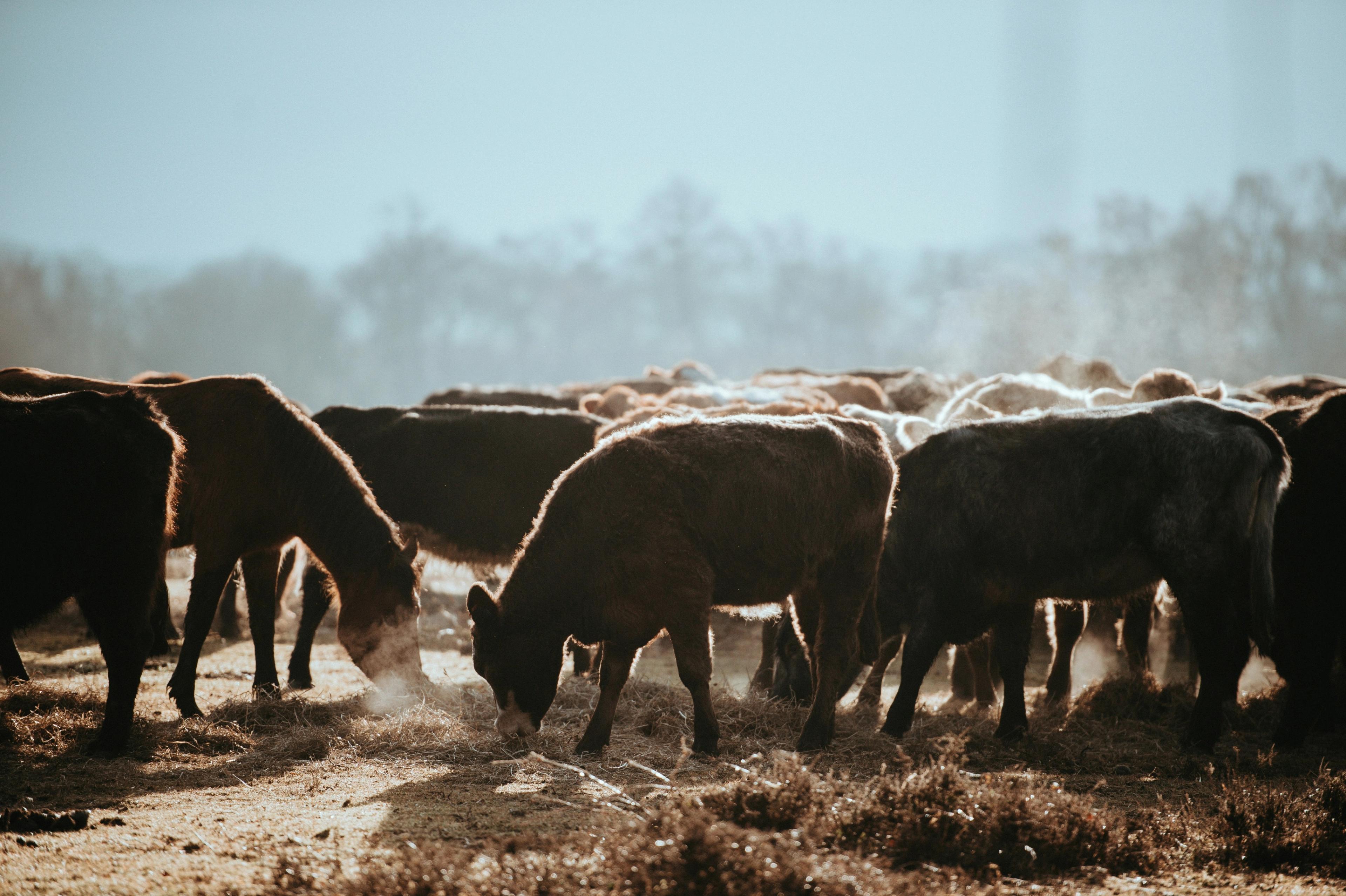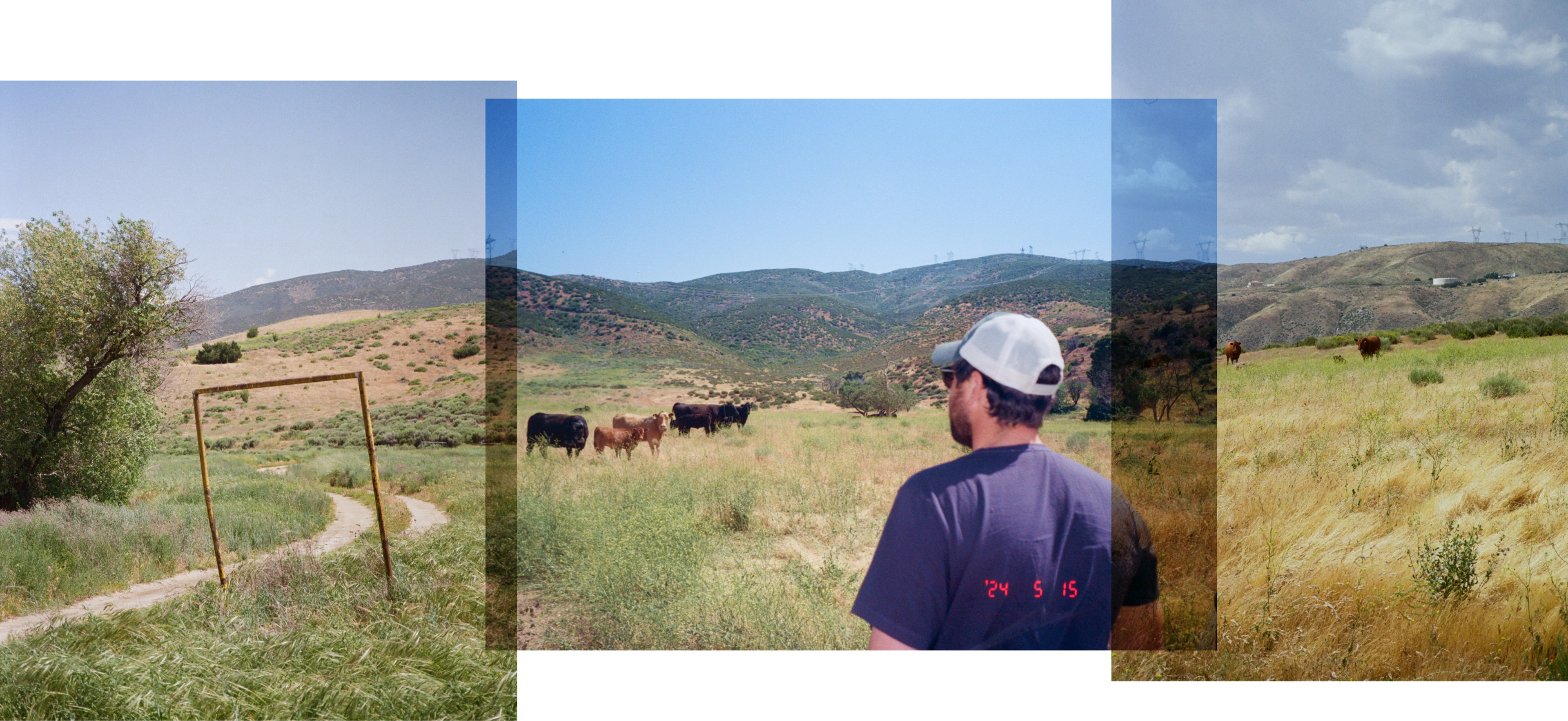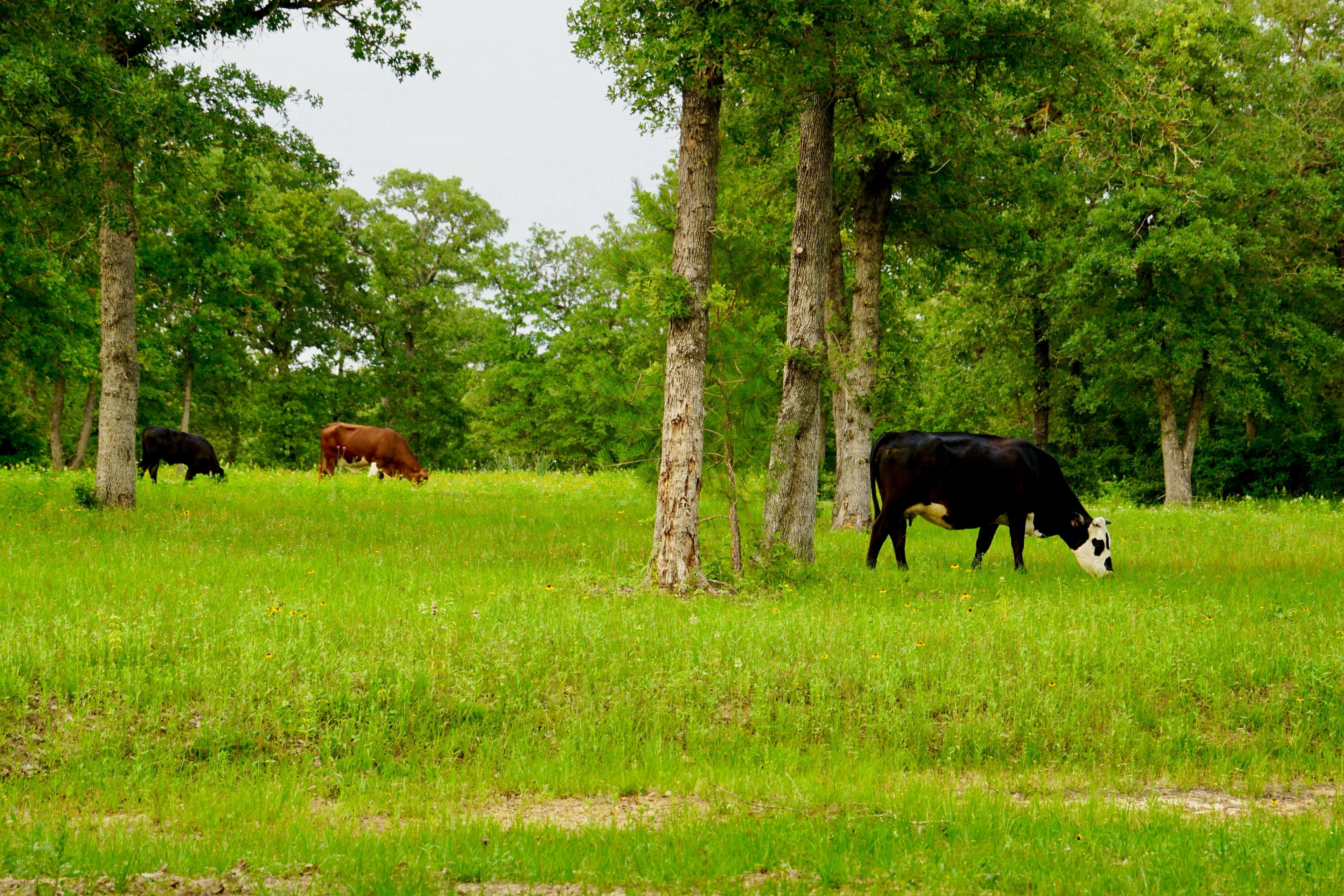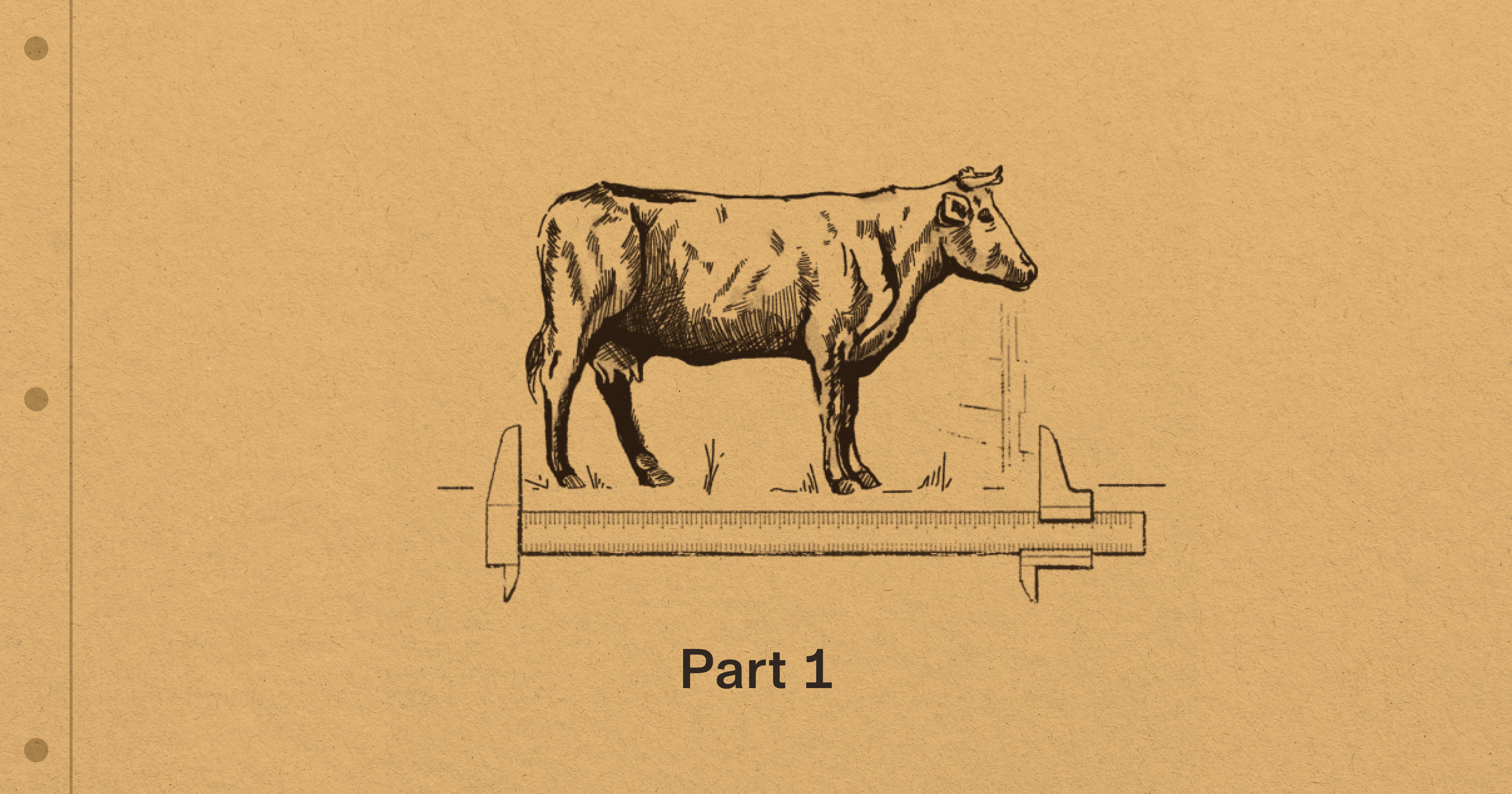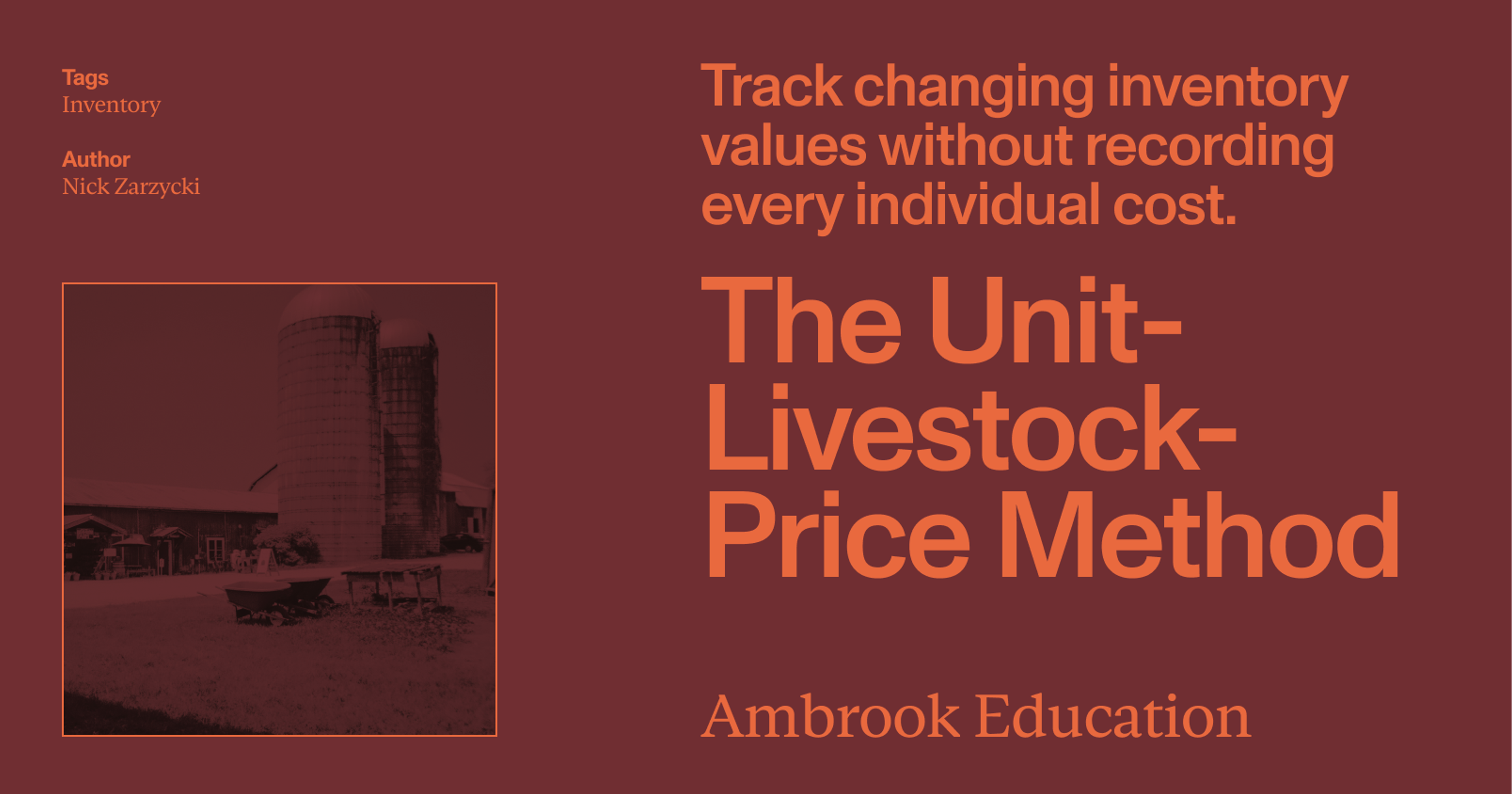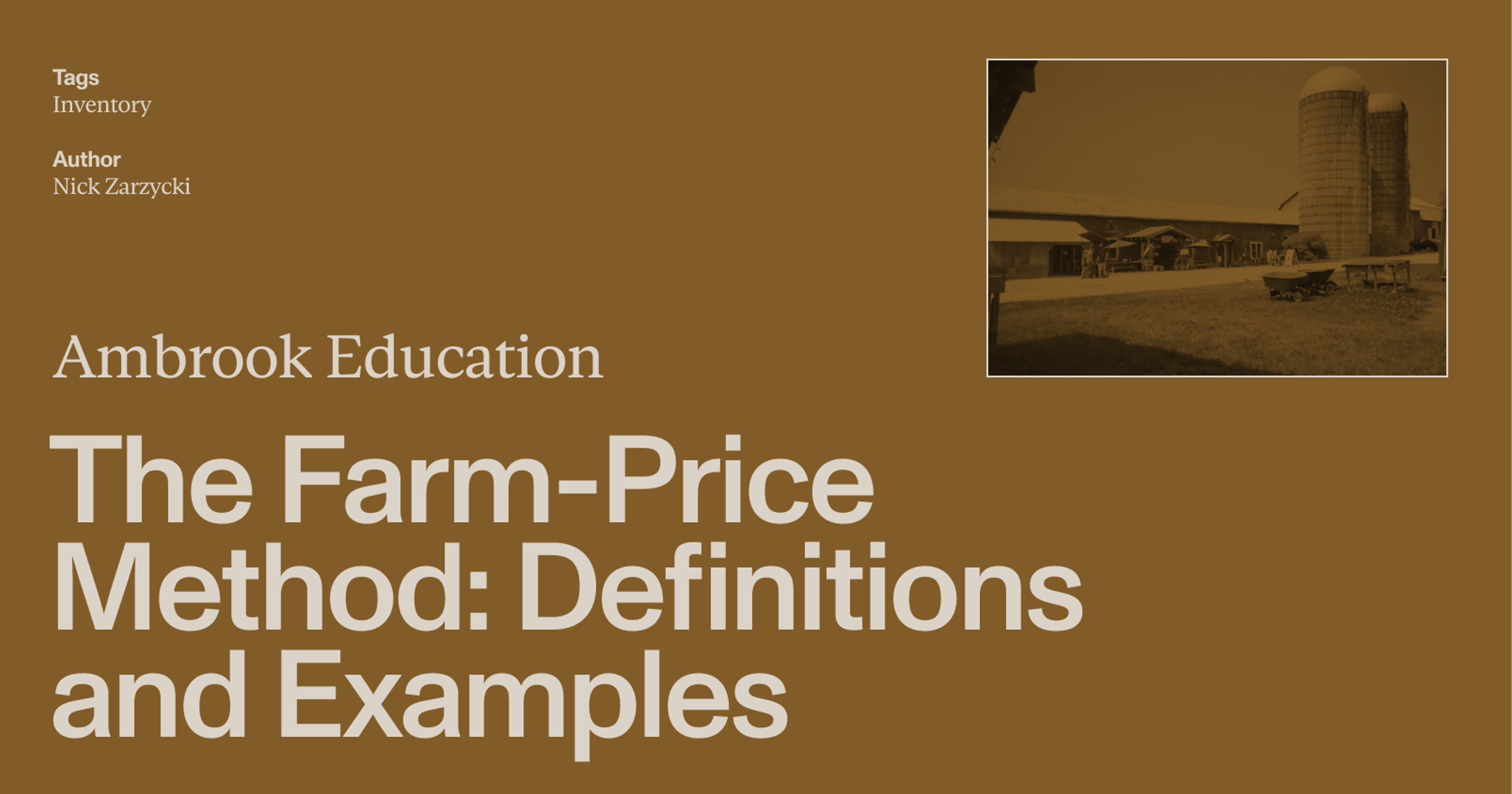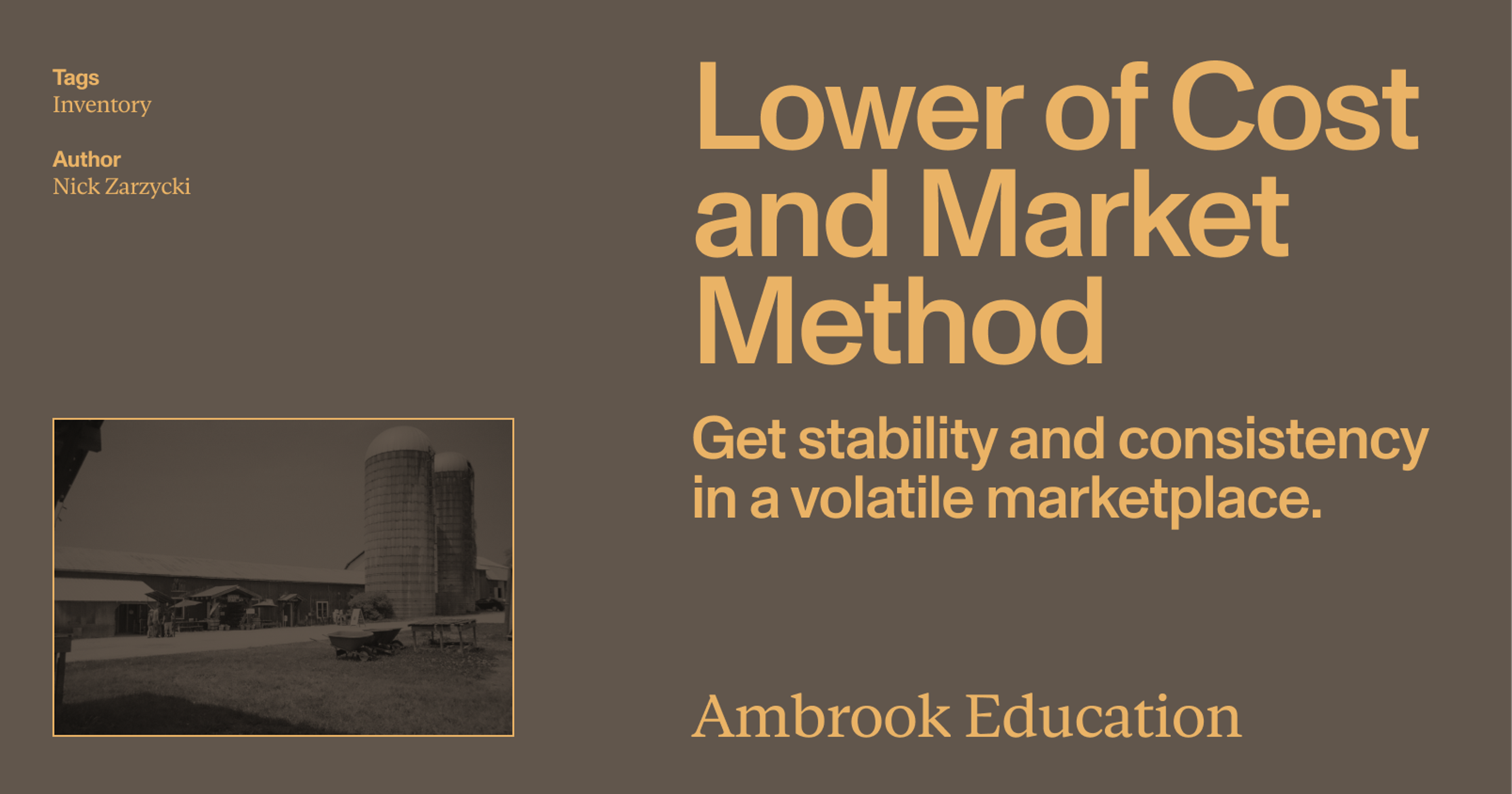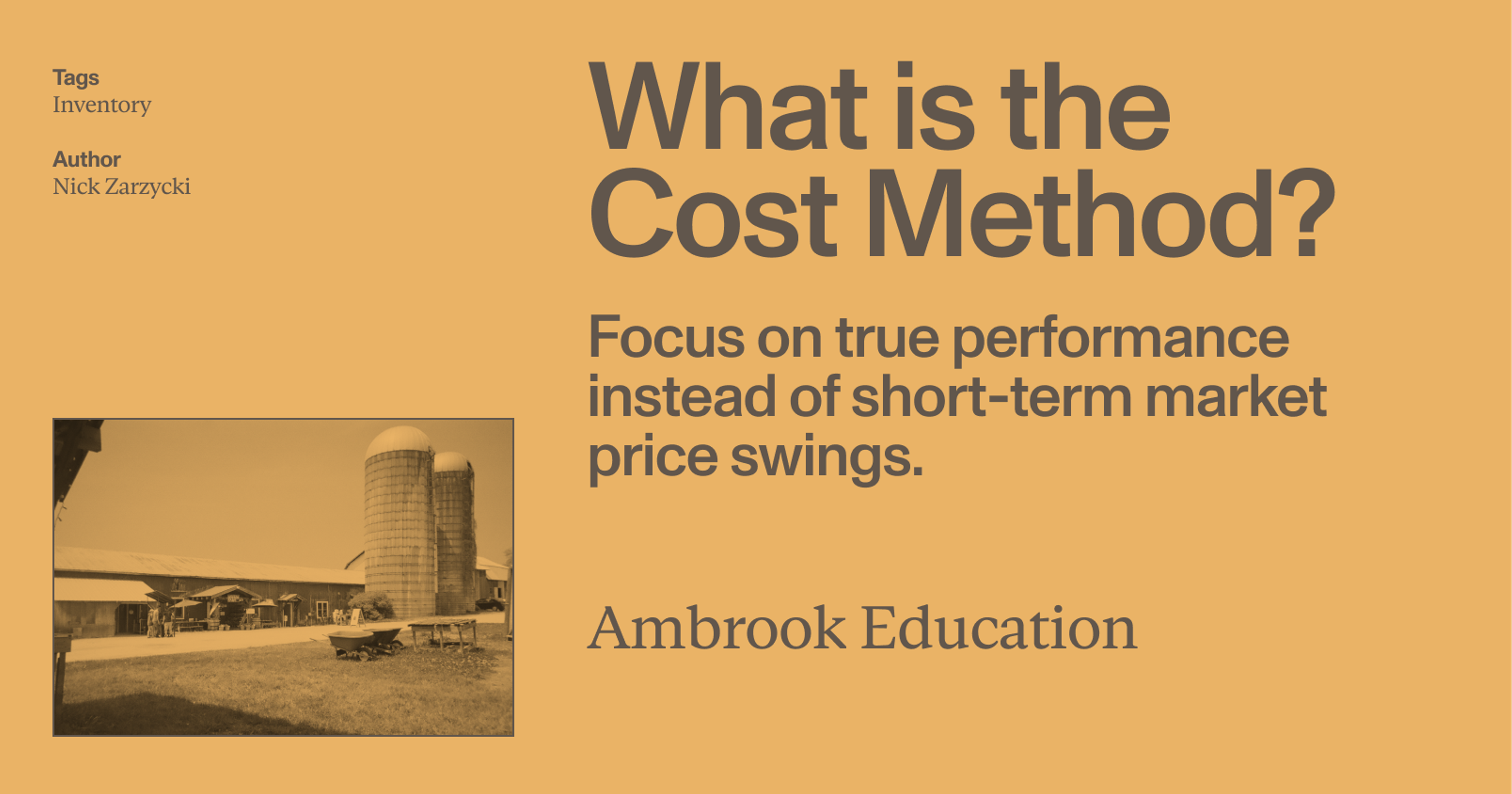Do you have enough feed to last the feeding season? And if not, should you purchase more or change your feeding program? Your feed inventory will tell you.
Feed costs usually make up between 40% and 60% of the annual production costs of cow-calf operations–and up to 70% in extreme conditions such as drought–making them one of the primary factors affecting the profitability of a beef enterprise.
That means managing feed inventories is crucial for maintaining the economic viability of the business, helping you make advantageous feed purchases, laying the foundations for an effective feeding program and maximizing profitability.
But taking a feed inventory can also take some work. Calculating the volume and density of feed held in silage piles and bunker silos often involves revisiting some high school geometry, and predicting your feed needs will require careful assessment of feeding rates and consultation with your nutritionist. You’ll also need to keep track of forage production costs and feed purchases to account for them properly and calculate your cost of production.
Why is feed inventory management important?
Do we have enough feed to last the year or the feeding season? And if not, should we purchase more or change our feeding program?
Performing a feed inventory can answer all of these questions while helping operators effectively plan the production of feeds, optimize their feeding program and make purchases early when prices are most advantageous.
Tracking feed inventories can be particularly important for operations that use corn silage, cereal forages and other forage prone to heating, dry matter loss and spoilage during transportation and when exposed to the air.
As UW Madison Extension expert Brian Holmes points out, if you do a forage inventory right after harvest and you find that you need to get more, “now’s the time to [get] it, when somebody else has it. If you did an inventory later and found you needed to buy some silage, then you’d have to get it out of somebody’s silo.”
When is the best time to do a feed inventory?
A feed inventory can be taken at any time of the year, but there are a few periods during which it becomes particularly important for effective farm planning and management.
Taking one after harvest ensures the operation doesn’t run out of feed during the winter months, has funds set aside to purchase more feed if needed, and can take advantage of lower commodity prices.
Making major feed purchases before December 31st can also help with tax planning, and taking an inventory near the end of the fiscal year might also be necessary for preparing financial statements, tax filing, loan applications and FSA forms.
An inventory in the spring or early summer can help an operation make adjustments before the harvest season and decide whether to purchase standing crops to supplement a projected shortfall. Performing a feed inventory in the late summer can also help producers decide how much corn to harvest as silage or grain.
How does feed inventory management work?
Managing your feed inventories involves three steps. First you’ll need to take an inventory of what you already have. Then based on feeding rates, feeding times, projected cattle inventory changes and other variables, you’ll need to calculate how much feed the operation needs.
Finally, if there’s a shortfall, you’ll need to decide whether to buy more, modify your existing feeding plan or take other steps to cut down on feed costs.
1. Take an inventory of current baled and bulk forages
In addition to counting and weighing (when possible) all forages on hand in silos, ag-bags, dry hay and bales, taking an accurate feed inventory often involves converting all feeds to dry tons to make price and inventory comparisons easier and more accurate. (This can be particularly important for corn silage and other feed with drastically higher moisture content than hay.)
For ease of use, producers might separate feeds into baled forages (including alfalfa, hays, straw and corn stalk bales) and bulk forages (including corn silages, cereal forages, legume silage or ground hay).
In addition to counting and weighing it, you’ll also need to come up with a value for your feed inventory, which can be based on production costs, purchase price or current market value.
Calculating the volume of a bunker silo or the density of forages in a silage pile can sometimes get complicated. Thankfully your nutritionist or local extension program likely has capacity charts, worksheets and spreadsheets designed to help. For example, the University of Wisconsin-Madison Extension ‘Team Forage’ website contains numerous helpful calculators, resources, decision tools and tips for performing a forage inventory.
2. Calculate how much feed you need
Once you have a detailed and accurate feed inventory, the next step is to calculate your future needs and ensure there’s enough feed on hand to get your cattle through the feeding period.
Count the number of cows you expect to feed
This involves counting the number of bulls, mature cows, yearling cattle and calves you expect to feed and determining the weight of each animal. The more detail and information you gather at this step, the more accurate your projections will be. Be sure to also factor in any changes in livestock inventory due to sales or expansions.
Calculate daily consumption per animal
Next you’ll need to calculate how much forage you’ll be feeding each animal per day. (Remember to also calculate forage intake on a dry matter basis to make comparisons between different types of forage easier.)
As Nebraska Extension Specialist Rick Rasby points out, the primary factors that determine the daily intake of a cow are weight, stage of production and forage quality, and there are numerous rules of thumb for coming up with a ballpark feed rate.
Our recommendation is to consult with your nutritionist, local extension office or one of the many extension resources available for beef cattle nutrient and feeding requirements. Some relevant resources include:
Nutrient Requirements of Beef Cattle from Oklahoma State University
Nutrient Requirements of Beef Cows from SDSU Extension
Basic nutrient requirements of beef cattle from Oregon State University
Calculate days of feeding, storage loss and other consumption
Once you have an estimate of your total daily feed rate, you’ll need to estimate the total number of feeding days, which will depend on your production plans, weather conditions, and when pasture is available for grazing again.
If you’re using corn silage or haylage, be sure to also factor in fermentation time. You’ll also need to factor in other animals that will consume forage–including horses, 4-H and FFA animals, and pets–as well losses due to transportation, feed consumed by vermin, and feed lost during handling. (The ‘Team Forage’ website mentioned earlier has some excellent resources for calculating and preventing storage losses.)
3. Plan feed purchases and/or make adjustments to your feeding program
Once you’ve calculated both the amount of feed you have and how much you’ll need to make it through the feeding season, compare the two figures to determine whether you have enough feed on hand.
If it’s early enough in the year, you might have enough time to make adjustments to your current production plan, purchase standing crops or harvest more corn as silage. If not, you have a few options, including:
Purchasing more feed
Reducing the rate of consumption of a particular forage
Substituting one type of forage for another
If you need to buy more feed, it’s generally better to do so earlier to take advantage of lower commodity prices and availability. When reducing the rate of consumption of a particular type of feed or reformulating the feed mix, consult with your nutritionist to determine the most effective option.
Know your numbers with Ambrook
Ambrook makes it easy to track what you produce, tie costs to your herds and fields and get the numbers you need to make better decisions. It doesn’t just help you do your accounting: it takes the guesswork out of running your business. Want to learn more? Schedule a demo today.
Want to learn more about Ambrook?
This resource is provided for general informational purposes only. It does not constitute professional tax, legal, or accounting advice. The information may not apply to your specific situation. Please consult with a qualified tax professional regarding your individual circumstances before making any tax-related decisions.

